If you had to guess the age of a person hailing from a country in which Lego is commonly available, you might very well do it by asking them about the Lego trains available in their youth. Blue rails or grey rails, 4.5, 9, or 12 volt power, and even somewhat unexpectedly, one rail or two. If that last question surprises you we have to admit that we were also taken aback to discover that for a few years in the 1980s everybody’s favourite Danish plastic construction toy company produced a monorail system.
[Mike Rigsby] had a rather ambitious Christmas display to produce, and as part of it included a pair of reindeer, Rudolph and Bluedolph, atop freight cars on a loop of Lego monorail. He didn’t just use classic Lego parts off-the-shelf, instead he recreated the system in its entirety on his 3D printer; locomotive, rolling stock, and all. In a simlar way tot he original his locomotive sits between the two freight cars, each container housing a pair of AA batteries which together power the unit.
The Lego system isn’t perhaps a classic monorail, in that it involves a four-wheeled vehicle that is guided by a central rail rather than sitting upon it. Drive comes from teeth on the side of the rail which mesh with a gear on the power car. There have been 3D-printable sections of it available as add-ons for owners of classic sets for a while, but this may be the first printable locomotive and train. The Christmas novelty aspect of it all may be a little past its sell-by date here in February, but it’s still worth a look as a potential source of parts for any project that might require a linear rail system.
Perhaps surprisingly we’ve never featured a monorail before, though we have brought you a MagLev.

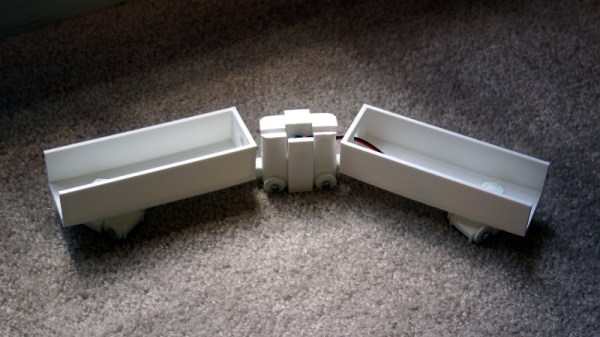
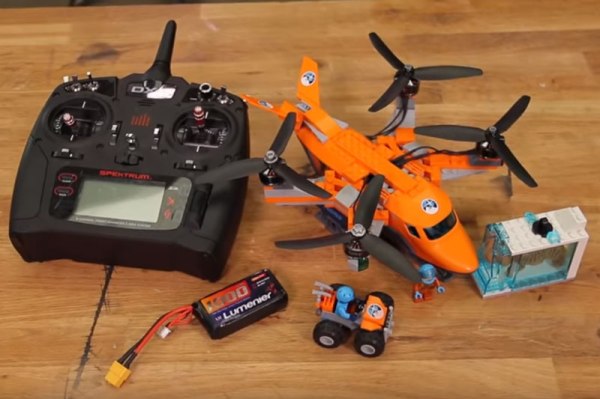

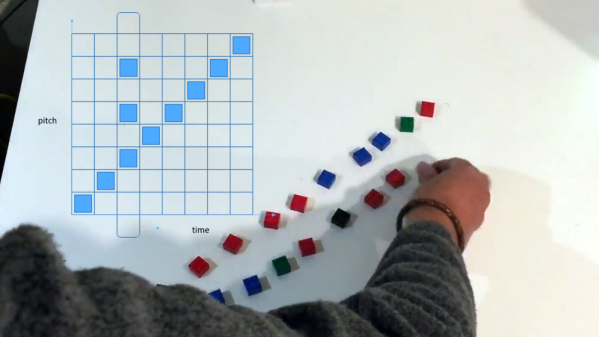

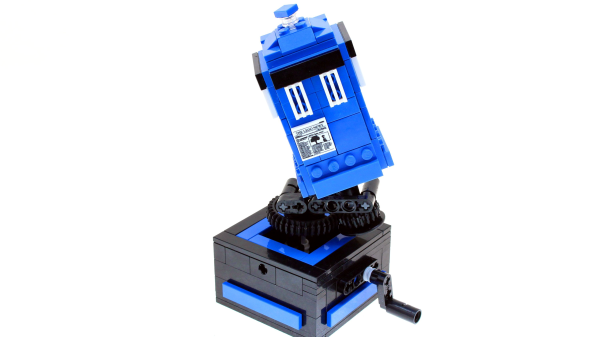
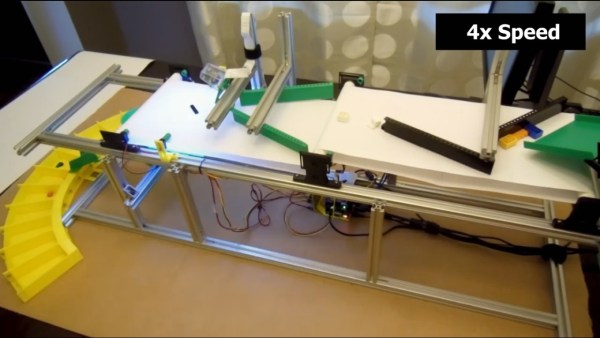
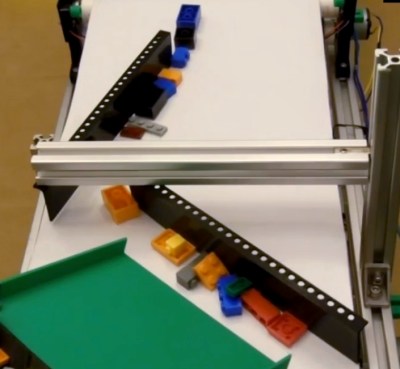 However, he didn’t find that out right away. He first experimented with his own techniques, learning that if he fed bricks to his conveyor belt by dropping a batch of them in a line perpendicular to the direction of belt travel then no subsequent separation attempt of his worked. He then turned to
However, he didn’t find that out right away. He first experimented with his own techniques, learning that if he fed bricks to his conveyor belt by dropping a batch of them in a line perpendicular to the direction of belt travel then no subsequent separation attempt of his worked. He then turned to 








